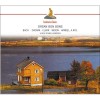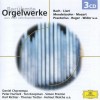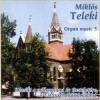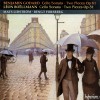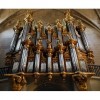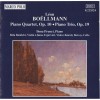传记
Boëllmann was born in Ensisheim, Haut-Rhin, the son of a pharmacist. In 1871, at the age of nine, he entered the École de Musique Classique et Religieuse (L'École Niedermeyer) in Paris, where he studied with its director, Gustave Lefèvre, and with Eugène Gigout. Boëllmann there won first prizes in piano, organ, counterpoint, fugue, plainsong, and composition. After his graduation in 1881, Boëllmann was hired as sub-organist at the Church of St. Vincent de Paul in the 10th arrondissement of Paris, and six years later he became cantor and "organiste titulaire," a position he held until his early death, probably from tuberculosis.
In 1885, Boëllmann married Louise, the daughter of Gustave Lefèvre and the niece of Eugène Gigout, into whose house the couple moved. (Having no children of his own, Gigout adopted Boëllmann.) Boëllmann then taught in Gigout's school of organ playing and improvisation.
As a favored student of Gigout, Boëllmann moved in the best circles of the French musical world, and as a pleasing personality, he made friends of many artists and was able to give concerts both in Paris and the provinces. Boëllmann became known as "a dedicated teacher, trenchant critic, gifted composer and successful performer...who coaxed pleasing sounds out of recalcitrant instruments." Boëllmann also wrote musical criticism for L'art musical under the pseudonym "le Révérend Père Léon" and "un Garçon de la salle Pleyel."
Boëllmann died in 1897, aged only 35. After the death of his wife the following year, Gigout reared their three orphans, one of whom, Marie-Louise Boëllmann-Gigout (1891–1977), became a noted organ teacher in her own right.
During the sixteen years of his professional life, Boëllmann composed about 160 pieces in all genres. Faithful to the style of Franck and an admirer of Saint-Saëns, Boëllmann yet exhibits a turn-of-the-century Post-romantic esthetic, which especially in his organ works, demonstrates "remarkable sonorities." His best-known composition is Suite gothique (1895), now a staple of the organ repertoire, especially its concluding Toccata, a piece "of moderate difficulty but brilliant effect," with a dramatic minor theme (which, unusually, takes place in the pedals), and a rhythmic emphasis that made it popular even in Boëllmann's own day.[6] Boëllmann also wrote motets and art songs, works for piano, a symphony, works for cello and orchestra and for organ and orchestra, a cello sonata (dedicated to Jules Delsart), and other chamber works.





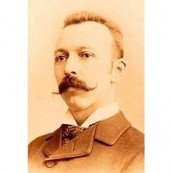

![Essential Organ [CD 2 of 2]](http://static.classicalm.com/repository/collection-cover/small/1308-img1359482896626185.jpg)
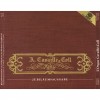
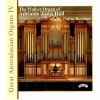
![Great European Organs. 14-Colin Andrews [Bordeaux Cathedral]](http://static.classicalm.com/repository/collection-cover/small/867-img1340969476379677.jpg)
![Great European Organs. 28-David M. Patrick [Blackburn Cathedral]](http://static.classicalm.com/repository/collection-cover/small/895-img1341414743511874.jpg)
